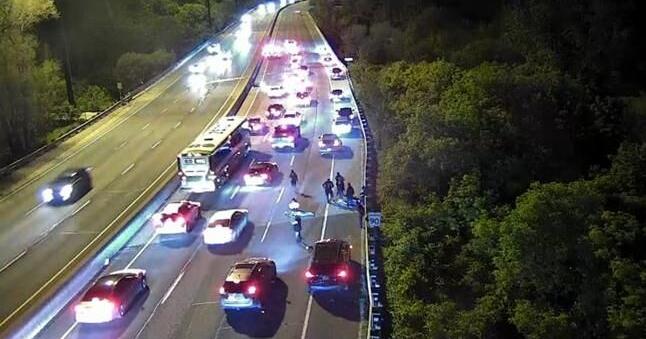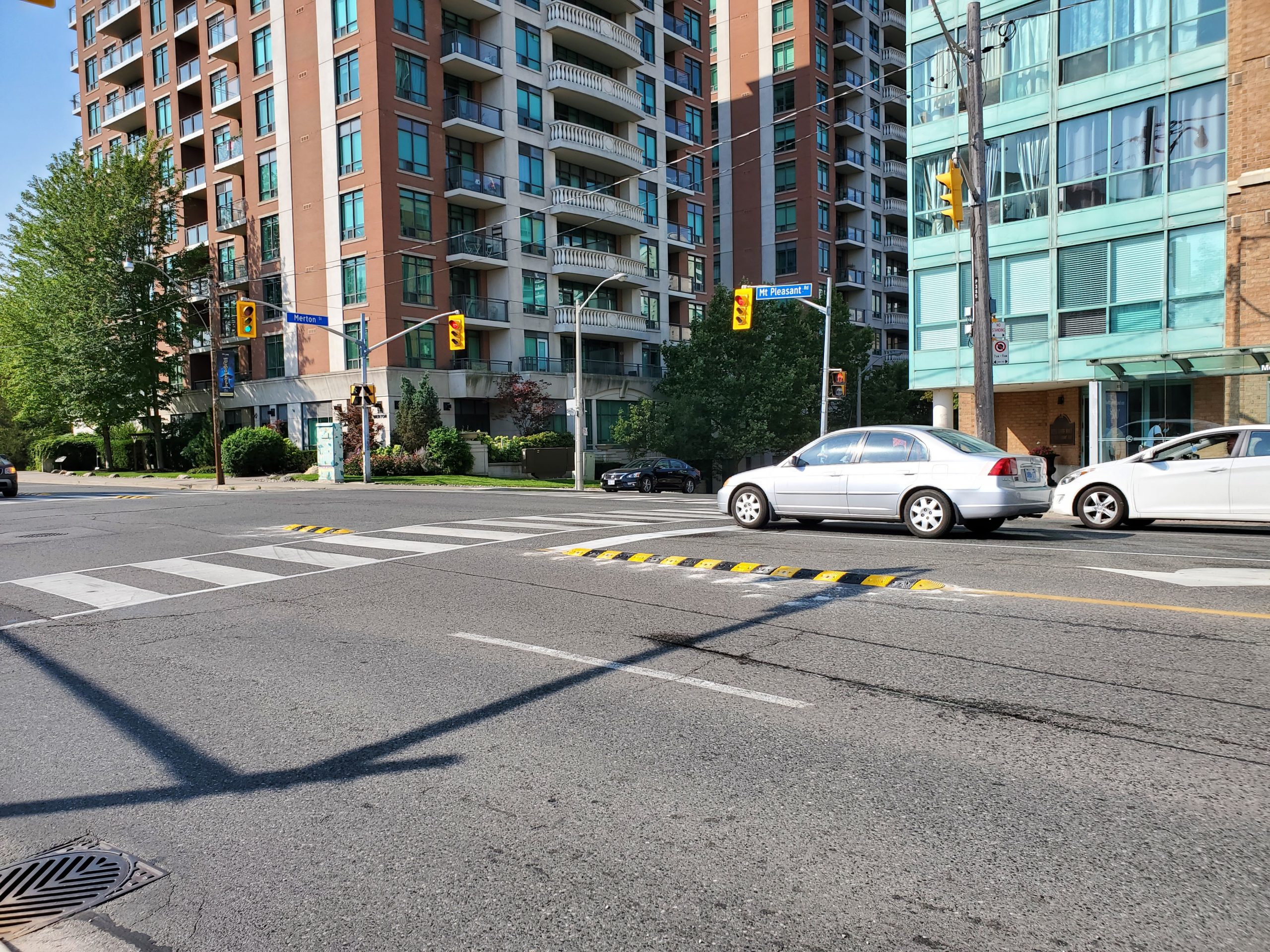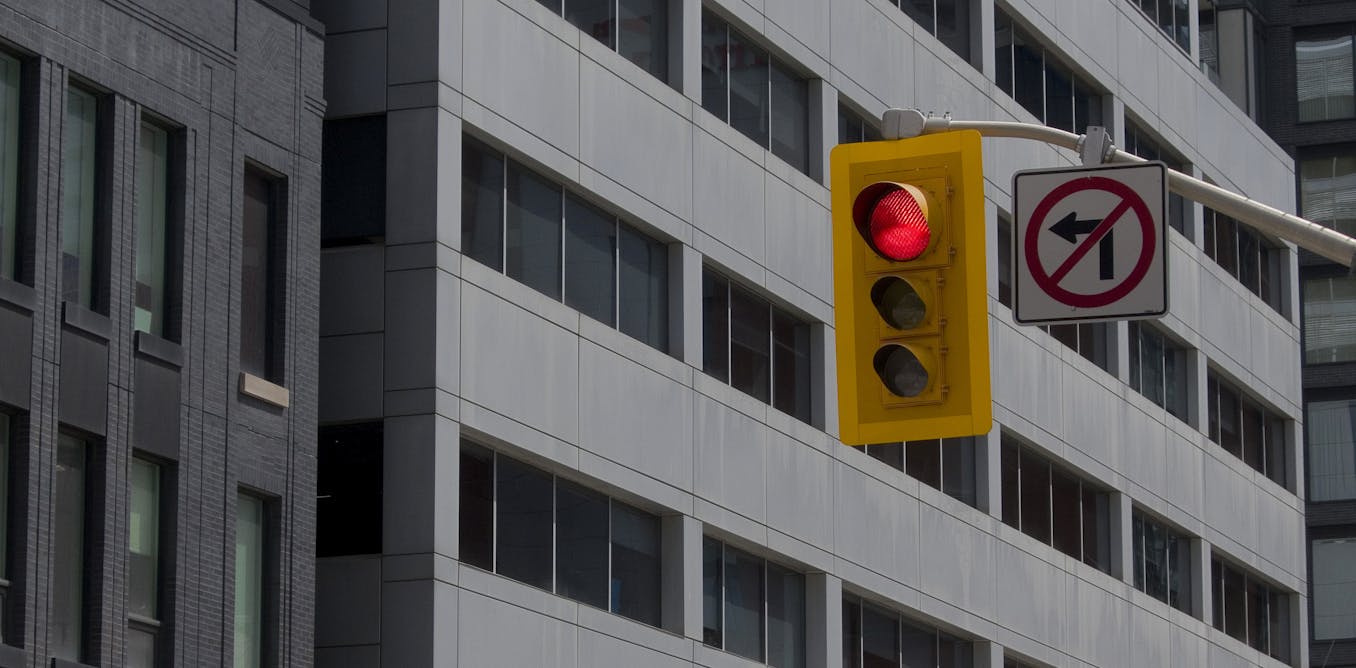I see this as a matter of managing change. Too many people in the urbanist/futurist population talk about needed changes as if it’s simply waving a magic wand. And many preach antipathy towards whatever we are moving away from, instead of simply advocating for something better. If one wants to move away from something, one has to analyse a little more deeply, to find better solutions for the needs and roles which that something is providing or serving.
Strip malls sit at the nexus of how we structure transport and how we structure communities. They serve useful purposes, albeit at a cost in terms of autocentrism. That doesn’t make them “bad”. It just means we have to build a path towards a better replacement rather than going to war against them.
- Paul
My issue is w/their defenders. They link the types of businesses occupying the strip malls (culturally diverse, non-chain) to the form/building type.
There is no inherent linkage.
Strip malls were once as likely or more likely to be chain retail.
What fundamentally changed is that strip malls are now typically in more economically marginal neighbourhoods, where larger proportions of new immigrants exist; and where rent is cheaper.
The form will change w/time; but there will always be areas more marginal than others in terms of income, there will always be areas more filled w/newcomers, and there will always be areas where rents are lower.
I wouldn't go to war with strip malls (I don't generally war with buildings, or inanimate objects) ......I expect that they will slowly fade into history, as they ought to, over time.
I simply have no tolerance for the idea that they are somehow (as a form) linked to small, independent or diverse businesses; ignoring Kensington Market through the years, various Chinatowns, Little Italy's and the like.
People's inability to distinguish correlation, and causation will never cease to irritate.

 www.thestar.com
www.thestar.com








